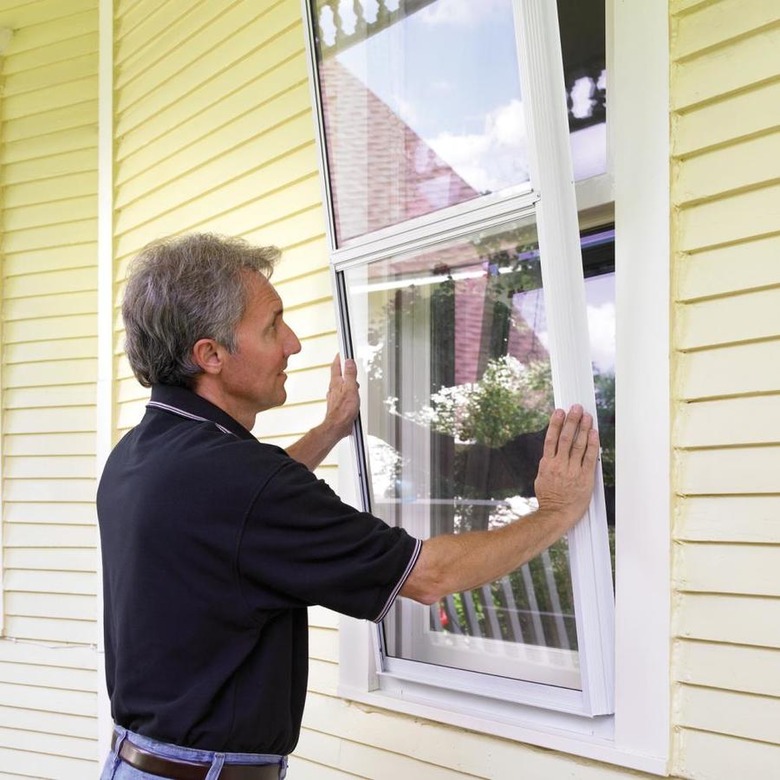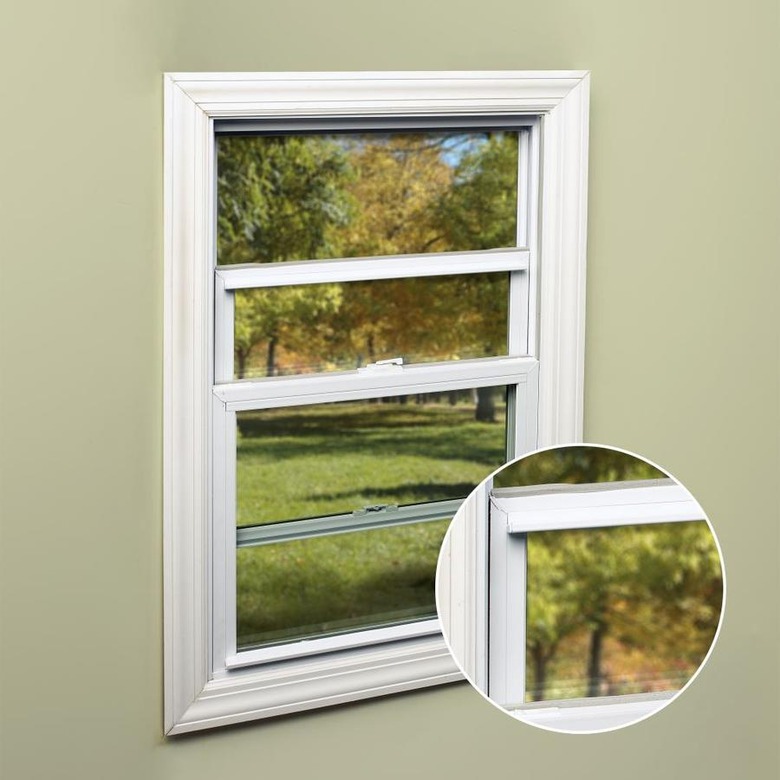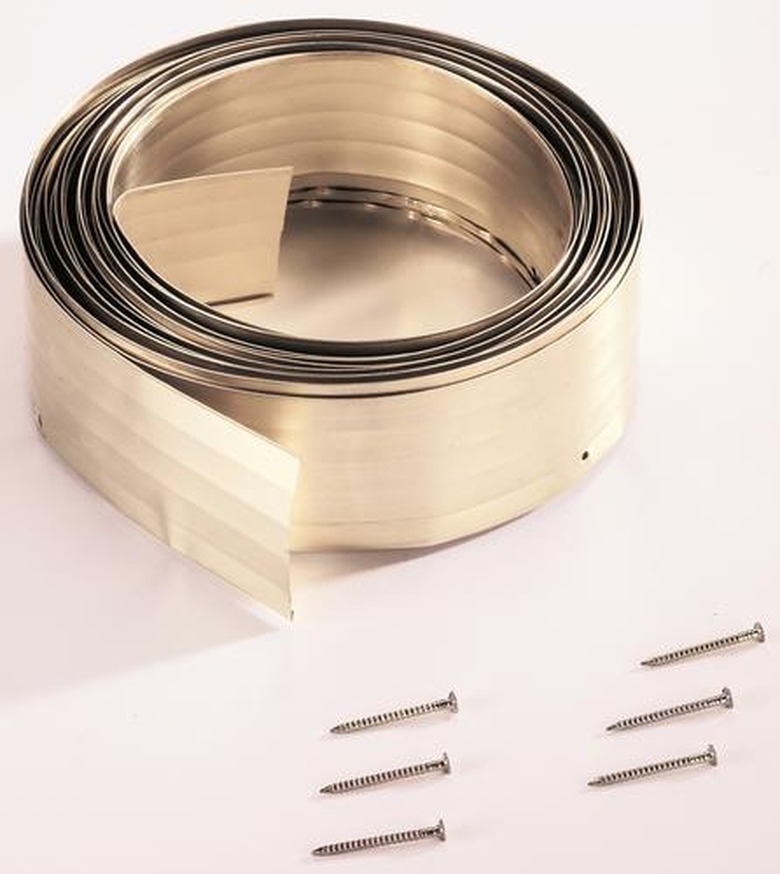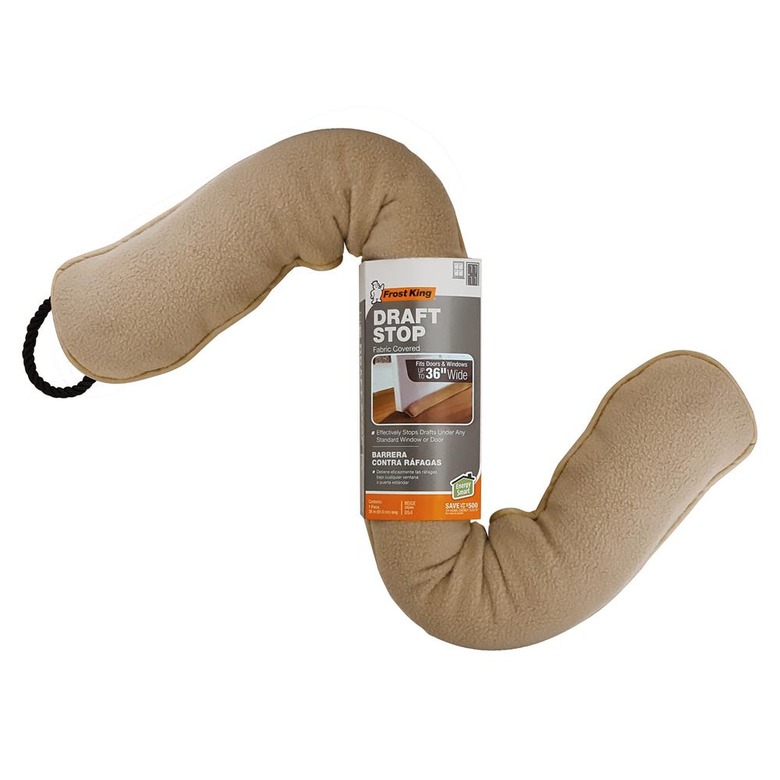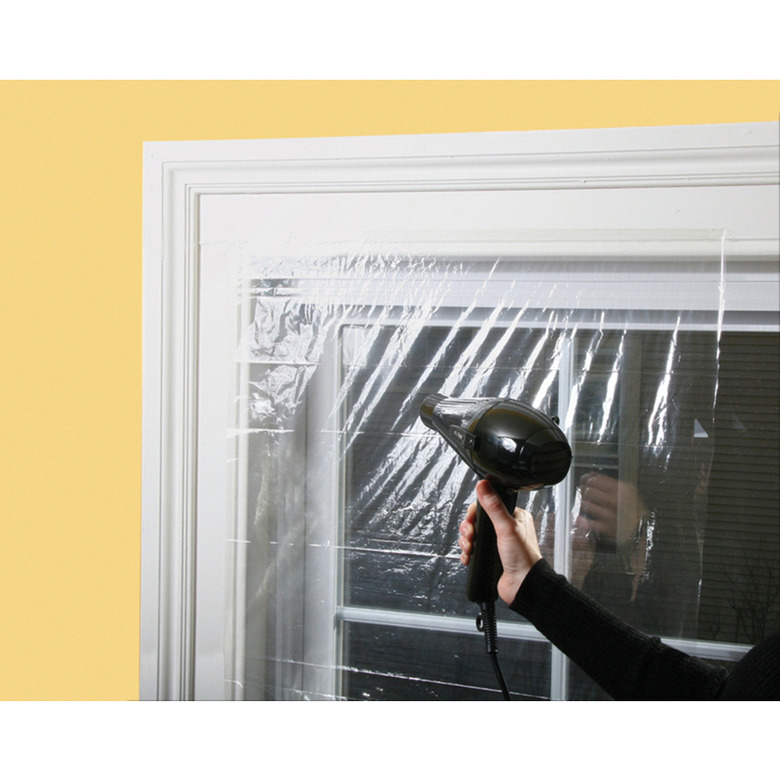How To Insulate Windows
Improving the energy efficiency of your windows is at once easy and difficult—it depends on your objectives. If you don't mind movable windows that are sealed shut for an entire heating season, or if you are less interested in maintaining visibility than keeping cold drafts away, then you have several options. But if you want to improve your window insulation in a way that can be workable from season to season, without the need to remove the weatherstripping or window coverings in the spring and replace them in the fall, then your options are somewhat diminished. But in either case, it makes sense to go as far as you are willing to improve the energy efficiency of your home by insulating and weatherstripping your windows. Improving window insulation is one of the cheapest improvements you can make to save on your energy bill.
Start with the Gaps
Start with the Gaps
The first area to look for is the gaps. Gaps exist between moveable sash and the channels they slide in, as well as between the sashes themselves. Generally it is best to reserve permanent improvements for gaps around the window unit itself and around immovable window sashes.
Caulk
Caulk will solve myriad problems around the house, including drafts stemming from gaps around your windows. It is a necessary addition around window unit frames, both indoors and out, not just for energy efficiency, but for moisture control as well. Generally, any window and door caulk rated for interior and exterior use will do the job. If you want to paint the caulk, look for a paintable product.
Look for obvious gaps between the window molding and the home exterior and fill those. Also caulk the gap between the brick mold and the window frame. On the interior, consider removing your window case molding and filing the space between the window frame and the rough opening for the window, then replacing the molding. For small gaps (1/4 inch or less) use caulk. For larger gaps, use minimally expanding spray foam or stuff loose insulation (like fiberglass) into the gap—just don't compress it too much or you will lessen its effectiveness. You can also buy removable, clear caulk that can be applied in the fall around operable window sash and then peeled off in the spring when you want to open the windows again.
Weatherstripping
Window weatherstripping comes in many forms, from self-adhesive strips of rubber or foam to V-shaped metal flanges. The adhesive-backed strips rely on compression. You add them to the surface the window closes against so that when it is shut, the gap is filled. As long as this type of weatherstripping is not too thick it presents no obstacles to operating the windows normally. Most weatherstrips do not have a particularly long life and will deteriorate in a few years, especially if they are exposed to moisture.
V-channel metal strips are tacked to the channels that moveable window frames slide in. They also do not restrict window movement, but nor do they insulate. They do stop drafts however, and creating "dead air" at a gap is effective in stopping heat transfer.
Draft stoppers
You can create barriers to air movement that can simply be placed in front of the gaps to block them. These "draft stoppers," often set in front of door thresholds, are simply moved out of the way when not in use. They are essentially fabric "snakes" filled with heavy insulation. You can buy them or make your own. For windows, they can be placed on the sill or on top of the lower sash in a doublehung window.
Window Films
Window Films
Window Film Kits
The weatherizing and insulating aisle at most hardware stores is filled with window insulating kits. Most of these involve creating a framework of adhesive strips around the window on the interior side and then affixing clear film to the framework. Some require heating the film with a hair dryer to tighten its seal and make it easier to see through. The great advantage to these is that they do create a dead air space between the film and the window glass, which has a significant impact on the R-Value of the window. And they can block drafts as well. But again, if you want to open your windows in the spring and summer, you'll need to remove the film and then replace it with new product in the fall.
DIY Solutions
If you have a window where you don't care about losing the view—perhaps because it is too high or seldom used—you can tack poly sheeting on either the interior or the exterior to improve the insulation value. This is usually done with the use of retainer strips and a staple gun, but on the interior you can use double-sided carpet tape. The main downside is that it can look a little amateurish and it does cloud the view through the window.
Some DIY insulators use bubble wrap to insulate their window glass. The bigger the bubbles, the more effective it is as an insulator. There are those who contend that simply cutting a piece of bubble wrap to fit within the glass frame, dampening the window, and then pressing the bubble wrap against the dampened pane will be enough to keep the wrap clinging to the glass all winter. Otherwise, there are many clear packaging tapes that may be used around the perimeter to hold the bubble wrap.
Storm Windows
Storm Windows
Removable Storm Windows
If you are of a certain age, you may well remember the seasonal chore of removing the storm windows in the spring and replacing them with screen windows, and vice versa in the fall. This system has one great advantage: You get full ventilation when the screens are in place and you do not have to look through dirty screens all winter. Removable storm and screen windows are not actively marketed and sold any more (you can get them custom-made, of course), but if you live in an older house think twice about replacing them, because they do have some advantages.
Combination Storm Windows
The reason that interchangeable storm and screen windows are not marketable any longer is the availability of combination storm widows. Affixed directly to the exterior trim (called brickmold), a combination window is a thin, metal-framed, double hung-type window where one or both of the glass panels scan be slid up or down to block airflow or to expose window screening to allow ventilation. It is a much more convenient solution that offers the best of both worlds, but it also does not allow for full ventilation. But then again, most windows do not either.
Replacement Windows
Replacement Windows
Due in part to the advances in fenestration technology in recent years, many homeowners have chosen to simply replace their old, inefficient windows with new, more tightly sealed models. In addition to offering better insulation in the frame, some higher-end replacement windows have replaced standard window glass with Insulated Glass Units (IGUs). IGUs are window glass "sandwiches" where a gap is created between two sealed window panes captured within a frame. Usually, the space between the glass panes is filled with an inert gas such as argon. This creates not simply a dead-air space, which in itself is effective in stopping heat transfer, but an enhanced dead-air space that has extra insulative properties. Commercial buildings that gain LEED energy-efficient certification are almost always appointed with high-efficiency, IGU windows.
If you are considering replacing your old windows you have basically two options. You can have new, more efficient sashes custom built and installed in your existing framework. Or you can rip out the old windows entirely and install all-new windows and window frames. Either way, any new windows you buy will be labeled with energy-efficiency ratings (usually issued independently by energy providers) so you can compare their costs versus their potential energy savings.
